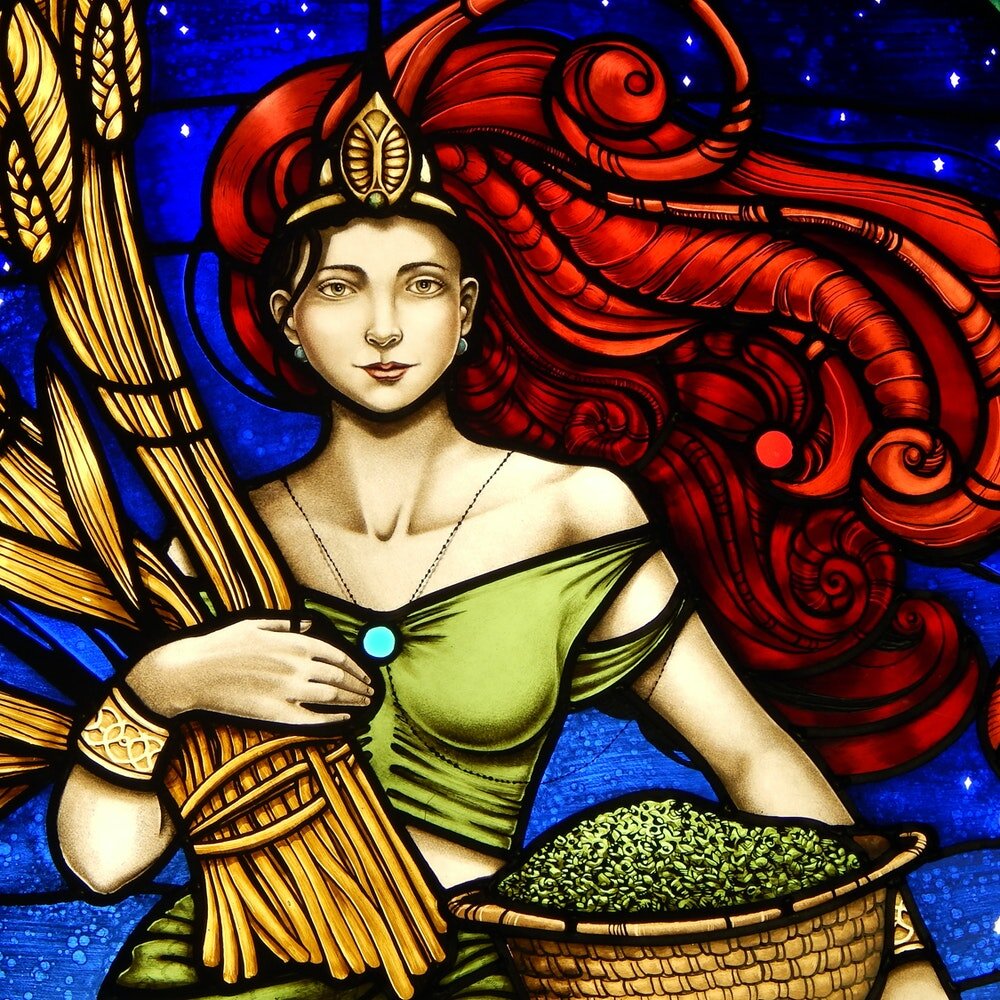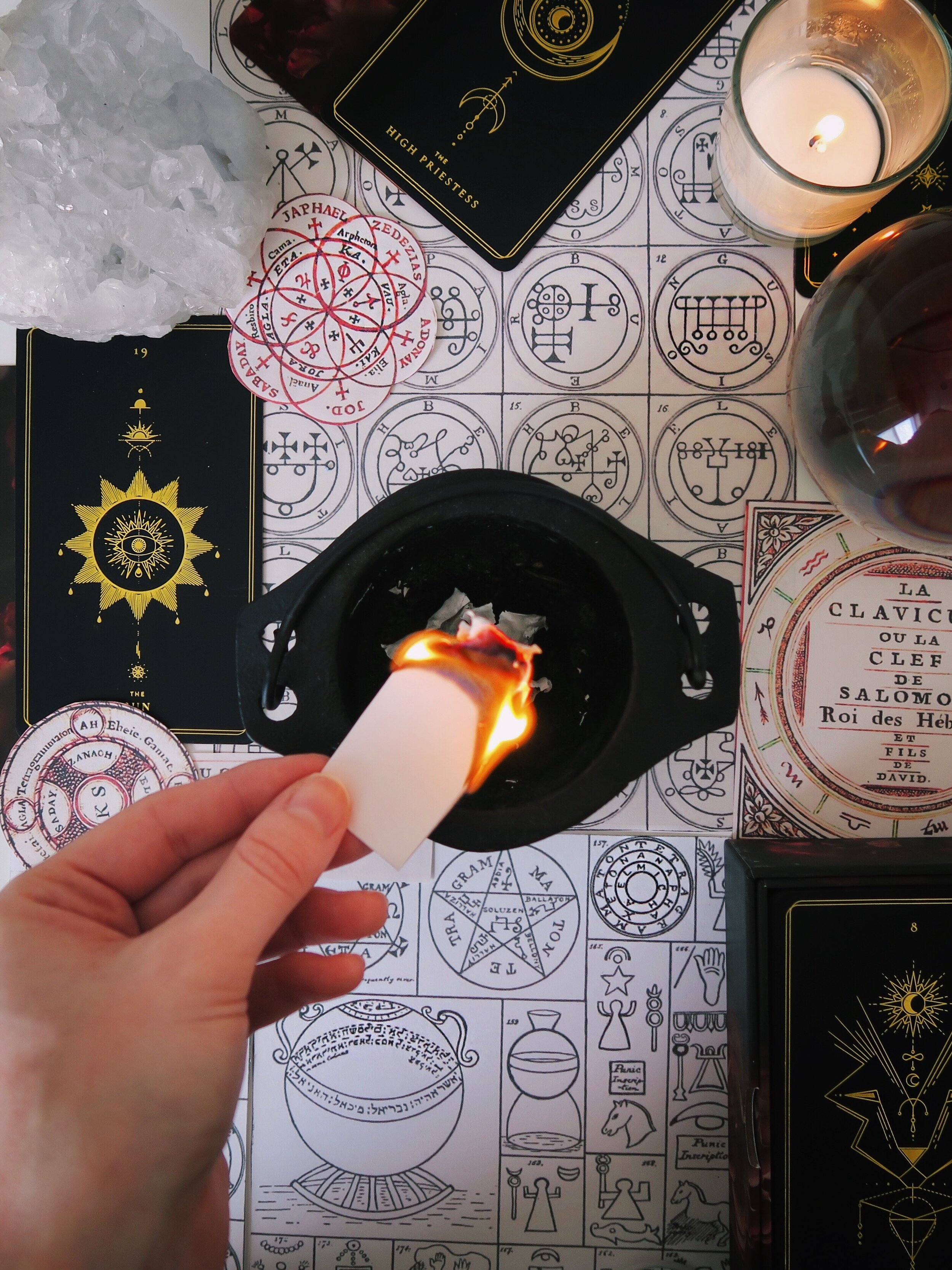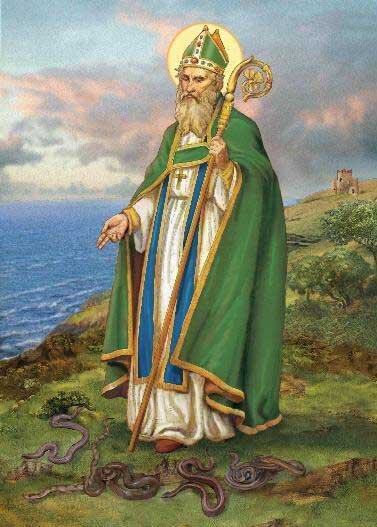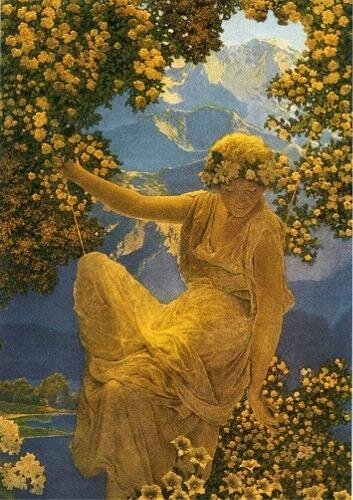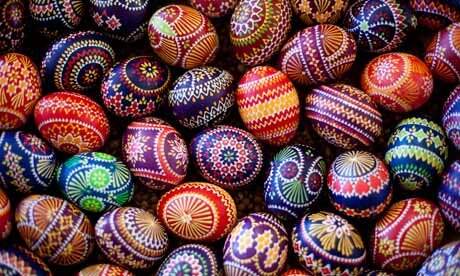Beltane is one of the 8 traditional Wiccan sabbats. It occurs on May 1, which is about the midway point between the Spring Equinox and the Summer Solstice. Like all Wiccan holidays, modern Beltane celebrations are inspired by older Pagan rituals and traditions. In the case of Beltane, it’s inspired by the historic May Day celebrations that occurred throughout Ireland, Scotland, and the Isle of Man.
Beltane was first mentioned in an Irish text from the 10th century, where it describes how cattle were driven between two bonfires on Beltane as a magical means of protecting them from disease before they were led into their summer pastures. While this is the first written account of Beltane, it’s likely that Beltane was celebrated long before as Beltane is incorporated throughout Irish Folklore.
While the modern Wiccan calendar has 8 divisions in the wheel of the year, in Irish lore the year was divided into two main seasons, winter and summer. The beginning of the year and the start of winter was celebrated on Nov 1st, which is Samhain, and the beginning of Summer was celebrated on May 1st, which is Beltane. These two dates were viewed to be times when the veil between the human and supernatural world was thin and fairies and spirits could easily cross into our realm.
For Beltane decorations, people would adorn their doors and windows with yellow spring flowers, such as primrose, rowan, and hawthorn. Also, in parts of Ireland people would create a May bush, which was a thorn bush decorated with flowers, ribbons, and shells.
Fire is a huge component of Beltane. On this day all household fires would be extinguished and then re-lit from a big community Beltane bonfire. These special bonfires were believed to have protective powers and people would walk around, between, or even jump over the bonfires.
Like many Pagan festivals Beltane included much feasting, drinking, and toasting to the Gods and spirits. At these feasts people ate oatmeal cakes, and a drink called caudle which is made of eggs, butter, oatmeal, and milk cooked over a bonfire. During the process of making this drink some was spilled on the ground as an offering to the spirits.
The oatmeal cakes people ate for the feast were called the Beltane bannock. There is a simple folk magic ritual where the practitioner throws a piece of the bannock over their shoulder as an offering as a way to placate certain animals that might harm their herds, such as foxes and wolves.
So, how can we as modern pagans celebrate Beltane in a way that honors the history and traditions of this festival? Well in my opinion, the best way to celebrate would be to have a bonfire and invite members of your community to celebrate and feast with you. However, I live in the city so I’m not able to have a bonfire, and with the quarantine I’m not going to be able to celebrate with others.
So, instead what I plan on doing this year is getting some yellow flowers and making a display for my mantle. I’m also going to try out the recipe for Beltane bannock and caudle and save a little bit to offer to the spirits next time I go on a nature walk. If you’d like to join along with me definitely tag me on Instagram so I can see your Beltane decorations and food creations.
I know that this year Beltane comes at a really difficult time for many of us. One of the things that I found most meaningful in learning about Beltane is how the community would extinguish their personal hearths and relit them from the communal bonfire. To me that is a beautifully symbolic way of showing how a community is all connected and how we are all responsible for each other.
So while you and I can’t exactly all lite our hearths from one communal flame, I plan on lighting a candle at noon on Beltane and if you choose to do so as well, it can be a symbolic reminder that we pagans are all part of a community and that we’re all in this together.
How will you be celebrating Beltane this year? Share below in the comments!







